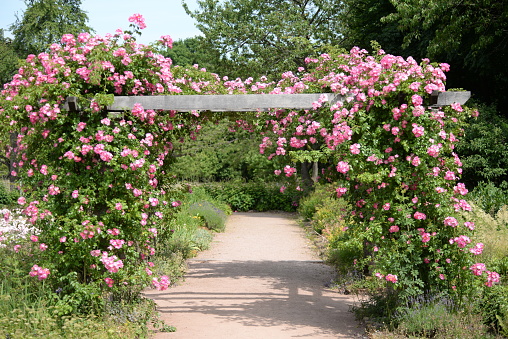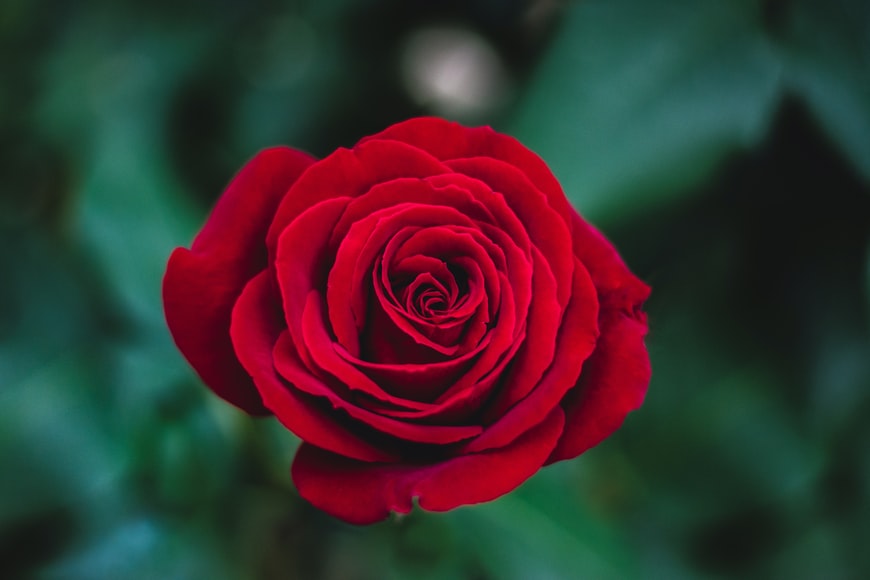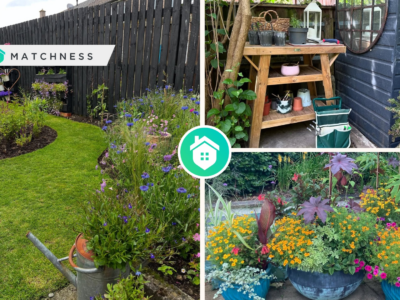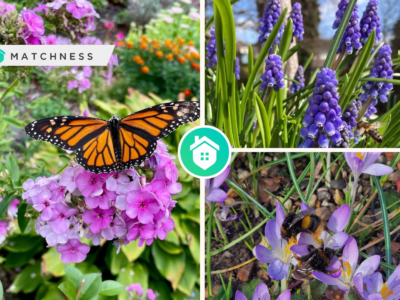Roses are a classic flower that many people are eager to plant in their yards.
There are many different types of rose bushes available today, with varying colors, shapes, and sizes. But before you plant your new prize, you should put some careful thought into what type of rose bush will best fit into your yard’s landscape design. This blog includes tips on how to select the right type of rose bush for your home.
1. Consider The Climate and Soil
When selecting a rose bush for your backyard, it’s important to consider the climate and soil type in your area before planting it. Some roses do better in colder climates, while others are more suited for hot, southern climates. Likewise, some roses do well in sandy soils, while others prefer rich, moist soils. Soil composition is also important when it comes to watering – roses that grow in sandy soils will need less water than those that grow in clay soils.
Once you’ve selected a type of rosebush that is suitable for your climate and soil type, it’s time to plant it! The best time to plant roses is in the spring or early fall, when the weather is cool and moist. Be sure to dig a large hole – at least double the size of the root ball – when planting your new rose bush. If you are wanting to grow roses from seed you do not need to dig such a large hole. According to mklibrary.com/how-to-grow-roses-from-seeds/, this is not the easiest way to grow roses. It is, however, possibly the most rewarding.
2. Choose a Sunny Location for Your Rose Bush
When selecting a location for your rose bush, it’s important to put it somewhere where it will get lots of sunlight and good air circulation. Roses require six hours or more of direct sunlight per day to grow and flower their best. Placing them too close together can result in poor air circulation, which could lead to disease being spread from one plant to another.
3. Water, Fertilize & Prune Your Rose Plant Thoroughly
Once your rosebush is planted and in a sunny location, it’s time to begin caring for it! Roses require regular watering throughout the year – but more so during the summer months when rain is less frequent. You may also need to water your roses more often if they are growing in sandy soils or clay soils that drain poorly. During dry spells where you’re not getting much rainfall, consider using drip irrigation on your plants once every 2-3 weeks.
To fertilize your rose bush, dig into the soil underneath each plant with a trowel about 1 foot deep. Then mix two tablespoons of organic fertilizer into the dirt under each plant. Be sure to water the plants well after fertilizing.
Pruning is an important part of rose care, too. Prune your roses in late winter or early spring before new growth begins. Cut out any dead or diseased branches, and then cut back the healthy canes by about one-third. You can also prune your roses to shape them into a desired form – just be sure not to remove more than one-third of the plant’s total foliage at any one time.
Once your rose bush is planted, watered, and fertilized correctly, it will begin to grow and flower beautifully. Be sure to enjoy your new addition by spending time outdoors in your backyard admiring the flowers!
4. Protect Your Rose Bush From Diseases
One downside to growing roses is that they are susceptible to many different diseases. Some common diseases include black spots, powdery mildew, and rust To help prevent your roses from getting sick, be sure to keep them well-watered and fertilized and remove any dead or diseased branches as soon as you notice them. You can also spray your roses with a fungicide every few weeks to help protect them from disease.
5. Add Some Organic Matter
Before putting your rose in the ground, add some organic matter to the hole (a combination of rich topsoil and compost works well). The organic matter will help nourish and feed your plant as it becomes established in its new home.
Growing roses can be both an enjoyable and fulfilling hobby. They are a classic flower that many people want to grow in their yards, but before you plant your new prize, it’s important to consider the climate and soil type in your area. Once you’ve selected a rose bush variety that is suitable for your climate and soil type, follow these steps when planting: Dig a large hole – at least double the size of the root ball – when planting your new rose bush; choose a sunny location for it where it will get lots of sunlight or good air circulation; water, fertilize & prune regularly to keep them healthy!






















